In February, at the 2023 edition of the MAGIC (Monaco Anime Game International Conference), organized by Shibuya Productions, we had the chance to meet one of the greatest video game illustrators of all time, none other than Ayami Kojima, the artist behind a huge part of the Castlevania series, mainly known for its most famous episode, Symphony of The Night. But to summarize it as a video game career would only be reductive.
That’s why for this extremely precious interview, we wanted to cover many other aspects of her career, not only Castlevania. And this opportunity was quite precious indeed, as it is uncommon for Ayami Kojima to participate in conventions and be open for interviews.
We were supposed to interview her alongside Koji Igarashi, the great game designer behind the Igavania-styled opus of the Castlevania series. If we had done that, the interview would have focused on their collaboration, and we would have missed interesting details of both their careers. In a very improvised way, we succeeded interviewing them both separately, and we would like to thank Sophie Fabrello from Shibuya Productions for that.
As previously stated, Ayami Kojima is very famous for her illustrations of the Castlevania series. More specifically, the cult Play Station 1/SEGA Saturn Symphony of the Night, the Game Boy Advance Aria of Sorrow and Harmony of Dissonance, and the Play Station 2 games Lament of Innocence and Curse of Darkness.
But those works were done late in her career. To become such a skillful painter and illustrator, she has done numerous covers and illustrations for novels. For example, she illustrated for author Hideyuki Kikuchi, known for one of the most famous vampires of Japanese culture, Vampire Hunter D.
In her artbook Santa Lilio Sangre, in which you can see many of her illustrations, including Castlevania, it is possible to admire her painting skills in the best way possible. She is a painter known for using dozens of different techniques and materials in her paintings, and she is fascinating to analyze for anyone interested in art.
Another side of Ayami Kojima is her prolific role as a doujinshi artist. She was very present at the Comiket and sold numerous doujinshi under the pen name Odile Kuronuma. Many of them are very different from what she usually does in her illustration works. They are another side of her talent and show what a versatile artist Ayami Kojima is.
One of the most pleasantly surprising things from this interview, which I hope we were able to portray despite the format, is how much of a kind and warm-hearted person Ayami Kojima is. We were delighted to sit down and talk about her art and career with her.
Like our content? Feel free to support us on Ko-Fi!
Your career started by making illustration works for novels, notably for Hideyuki Kikuchi, who made Vampire Hunter D. Could you tell us what made you want to work for literature illustration and how you approached authors like Hideyuki Kikuchi at the time?
Ayami Kojima: It wasn’t me at first that contacted authors like Hideyuki Kikuchi. Initially, I was simply an office lady, drawing and painting in my free time. I was making doujinshi and selling them at Comiket, and I was contacted by a novel publisher that asked to participate in those novel illustrations. Oh, do you know what a doujinshi is?
Covers and pages from the Heel Heal doujinshi by Ayami Kojima
Yes, of course! I also know about your Black Jack doujinshi. I have some questions about it that I’ll ask you after.
Ayami Kojima: Sure, ask me anything. [Ayami Kojima looks a bit embarrassed and hides her face with her hands.]
Your work exudes passion for painting. Where does that passion come from? Could you tell us how you learned such a vast amount of traditional painting techniques? And how did you learn it all, especially since you were an autodidact?
Ayami Kojima: Oh, I simply started learning how to paint in school, in art classes where many other children learn the basics. After that, I went to art shops. I wanted to test and experiment with various types of paint on my own, and I particularly loved all the different color names you could find in paints, like sakura, purple, mauve, and others… All those names were really fascinating, and I tried painting a lot by myself.
Your work evokes a lot of art history, and it feels like you’re really interested in art history in general. What period of art and classical artists have you studied the most? Have you tried to learn some of their painting techniques?
Ayami Kojima: Ah yes indeed, I really like Francisco de Goya and Caravaggio as classical artists. I cannot list all of them; there are tons of other artists that inspired me.
You can see a lot of those in museums around here in France.
Ayami Kojima: Oh yes! I went to the Nice museum the other day and saw paintings by an artist, which I don’t remember the name of, but I really loved it! For the studying part, I really didn’t think of painting as a profession at first. It was more like a hobby, and this wasn’t really my goal in life. I really didn’t study it in an academic way. I was just looking at paintings, for example, Caravaggio’s, and tried to see and reproduce what I liked in them. It wasn’t studying or working for me; it was simply passion.
Your art also has a strong relationship with horror. In your artbook, we can see drawings of iconic classic movies like Nosferatu or Frankenstein. What made you so passionate about that universe? Were you influenced by horror movies and horror manga?
Ayami Kojima: I really loved horror in general, but more than horror, it’s really science fiction that fascinated me. If I didn’t become an illustrator, I would have wanted to become a scientist or a researcher since I loved drawing animals and plants. I was also really interested in works such as Frankenstein, Kamen Rider, and, more generally, things related to body modification. What is nice with frightening things of the horror or SF genre is that when you add beauty to it, it can give a very interesting result as a drawing.
Ah, and I think you made a Kamen Rider doujinshi, right?
Ayami Kojima: Yes, indeed! Just like Black Jack!
Speaking about doujinshi, you made a lot of splendid doujinshi at Comiket at the time. They contained very well-made manga works, and you also made a promotional manga for the release of Symphony of the Night. Have you thought, at the time, of becoming a mangaka?
Ayami Kojima: Oh, not really. I hadn’t thought about becoming a professional mangaka at that time. It was really just a hobby I did out of passion. I just really loved drawing with manga pens; it was really pleasant to use. Also, I was going to Comiket mainly to meet other artists that were as passionate as me and make friends!
Can you give some names of artists you made friends with at the time you were selling doujinshi at the Comiket?
Ayami Kojima: There were a lot of them… For example, there was Kouta Hirano, the author of Hellsing. Also, Tomomi Kobayashi. She made illustrations for the Romancing Saga video game series. I met a lot of talented people at the time, and many of them became professional artists.
Some of your doujinshi were part of the BL scene. Do you think that experience added some kind of eroticism to your illustrative art, and what do you like about adding an erotic feel to horror-themed art?
Ayami Kojima: Huuuh… the BL ones weren’t really made on purpose *laughs* [Ayami Kojima is blushing]. To me, it wasn’t really BL since, in BL, there is usually a love story at the center of it, and it wasn’t made with that in mind. It was more focused on humor and gags to make both men and women laugh. For example, you mentioned the Black Jack doujinshi, and at that time, there was a huge earthquake in Japan [Editor’s Note: probably referencing the 1995 great Hanshin earthquake]. Some of my friends suffered from it, and I thought people needed to have a laugh to relax the atmosphere. At first, I was more into horror, but that experience pushed me to gag- and humor-oriented things. At the Comiket, people who didn’t know who I was bought my doujinshi, and I saw them happy and laughing while reading them. That really filled me with joy.
We’re finally going to talk about Castlevania. In 1997 you worked for two video games as the main illustrator and character designer, Castlevania: Symphony of the Night and Söldnerschild. How were you approached by video game companies?
Ayami Kojima: At that time, I became a bit famous thanks to the covers of the novels I illustrated. The Internet wasn’t the standard at the time, so video game companies called my publisher, and they contacted me through it.
And how different was it from your other illustrative works? Have you faced some difficulties at the time when you were working on Castlevania?
Ayami Kojima: The difference between game illustrations and novel illustrations is that you usually draw a scene from the book for novels. But for video games, it’s really centered on a particular character. It was a bit difficult because it was different from what I was usually doing. I was wondering why they chose me, but they said they wanted my illustrations’ style and atmosphere. Another thing is that I was asked to draw certain things that were really different from what I was used to, for example, cute girls and young boys.
Speaking about that, Castlevania: Symphony of the Night is a sequel to Castlevania: Rondo of Blood, which has a very otaku-ish art style. How did you approach redesigning its characters in your style, like Maria?
Ayami Kojima: Since Kôji Igarashi wanted to change the whole game, we decided to make some drastic changes to the style and atmosphere of the world of Castlevania. Maria was a very cute little girl, but we wanted to change her into a more lady-like adult woman, for example. But apparently, male otakus did not really like that change…
Oh really? Personally, I like it a lot – and I’m a huge otaku (laughs).
Ayami Kojima: Ooh! Thanks a lot!
Your characters also have extremely well-designed outfits. How do you approach designing outfits, and are there some fashion designers that you like in particular?
Ayami Kojima: Oooh, I don’t think I know a lot about fashion design, really. But yes, at the time, I was really into Italian fashion in general. I was looking at a lot of Gucci magazines. But I don’t know any particular designers. I’m not a specialist.
Do you have any personal projects in mind? What would you like to do in the future? Would you be interested in working on another big game project with Kôji Igarashi as the main illustrator and character designer?
Ayami Kojima: I don’t have any plans in mind right now, but I drew cards for Magic: The Gathering, so I might continue doing that. I don’t have any projects with Kôji Igarashi at the moment, but at my age, I don’t want to do too many things at the time.
Translation by Noëlla Bonnier
We wish to heartfully thank Ms. Kojima for her time, as well as Sophie Fabrello from Shibuya Production and the whole staff from Shibuya Production and MAGIC Monaco for this opportunity.
Like our content? Feel free to support us on Ko-Fi!
You might also be interested in
“A place where only the drawings exist” – Interview with Benoît Chieux
When we first met with Benoît Chieux at the Forum des Images and saw his feature Sirocco and the Kingdom of the Winds, we were extremely eager to hear more. Indeed, not only is Sirocco an impressive animated movie that combines many influences from all over the...
“I got a call to work with God” – Yoshimichi Kameda interview
Among all the star action animators from Japan who have become famous over the years, Yoshimichi Kameda is probably among the greatest. Since his explosive rise to fame on Fullmetal Alchemist: Brotherhood, his original take on Kanada-style animation has earned him...
Halloween Pajama and indie anime – Interview with Yasuhiro Irie
While you might not recognize Yasuhiro Irie's name, you probably know the shows on which he worked. Be it critically acclaimed Fullmetal Alchemist Brotherhood which he directed, Soul Eater's first Opening animation which he storyboarded and animated all by himself...
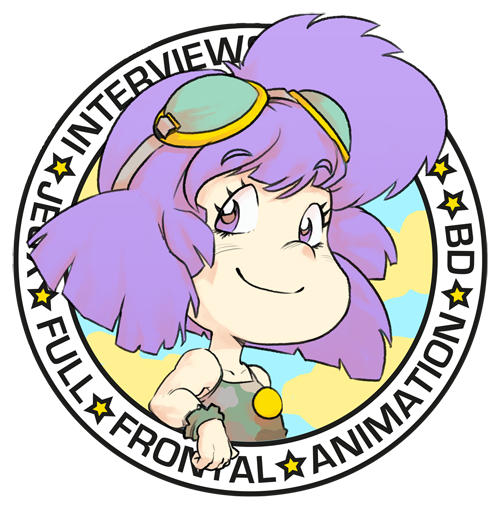
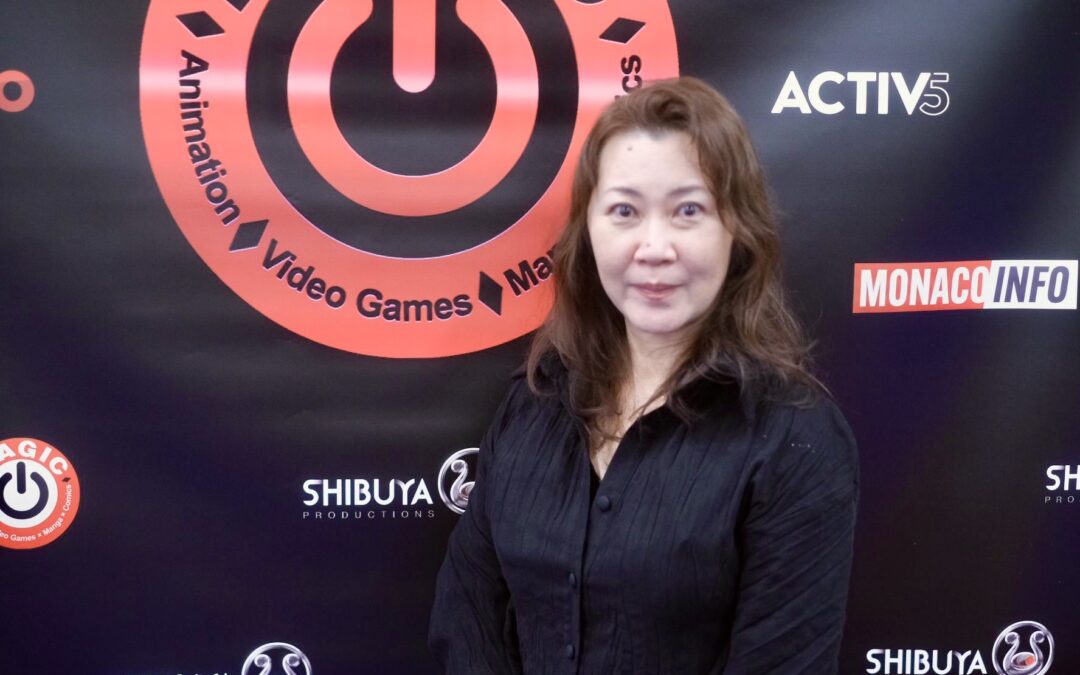
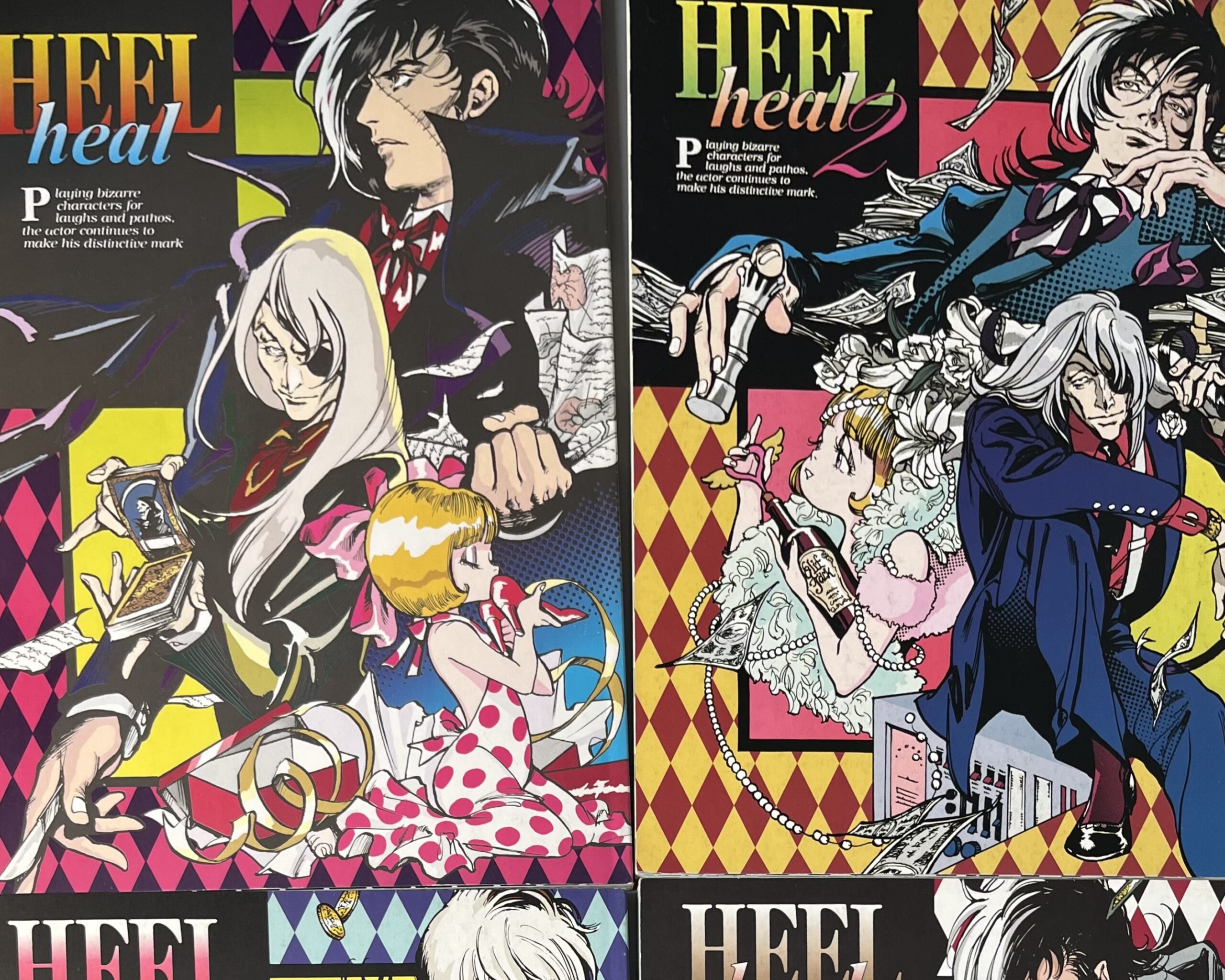

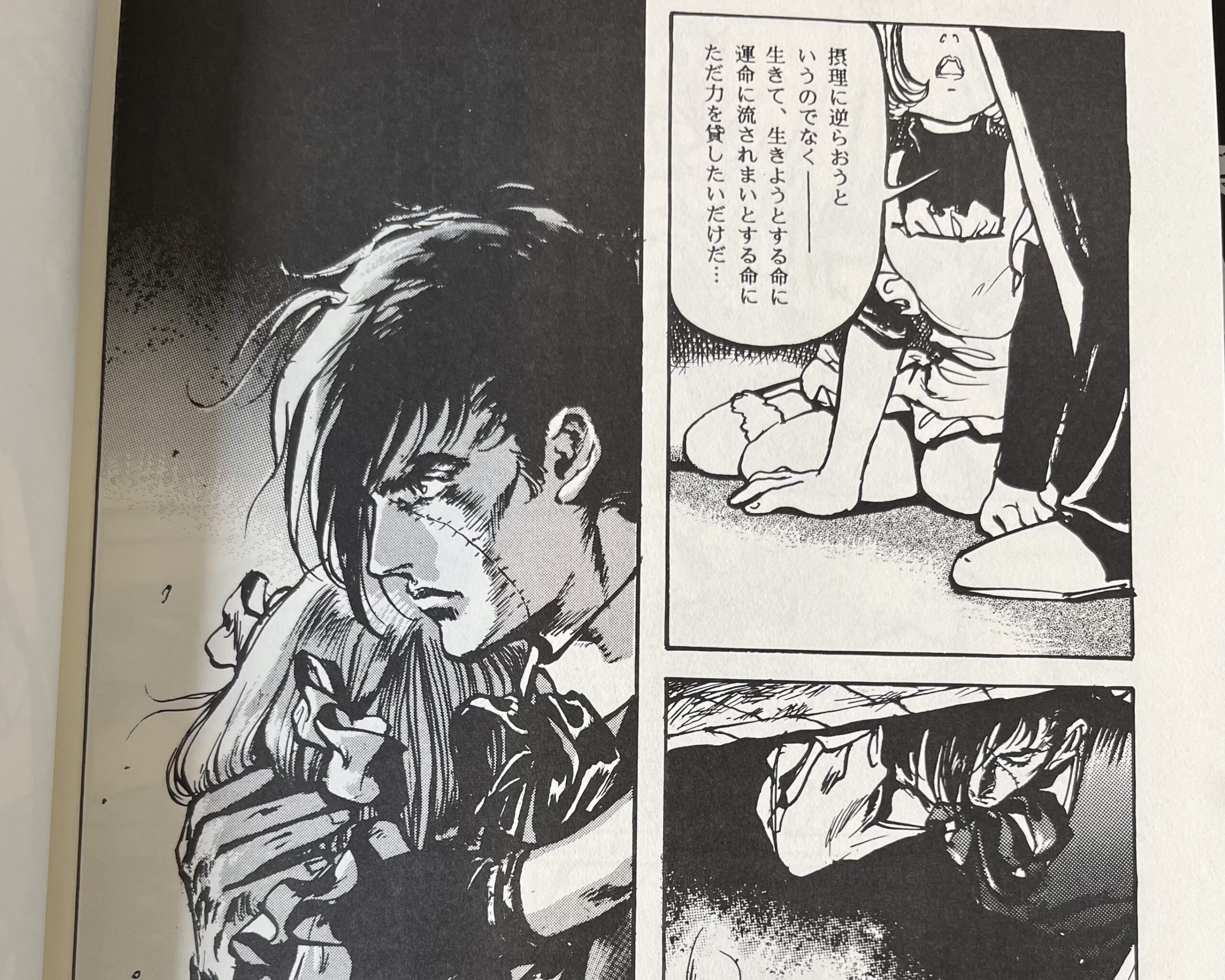
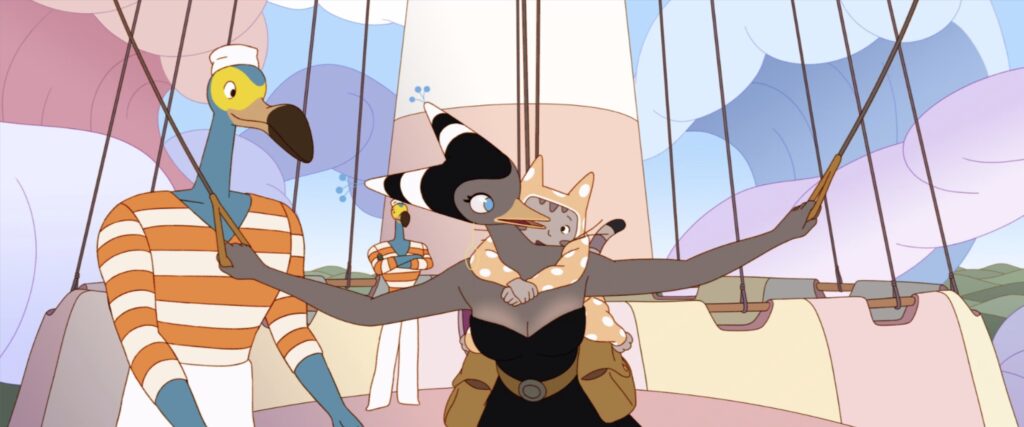

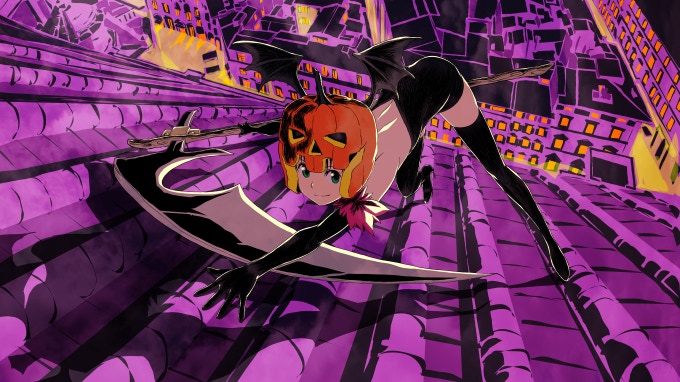
I loved this interview! Im a huge ayami kojima fan